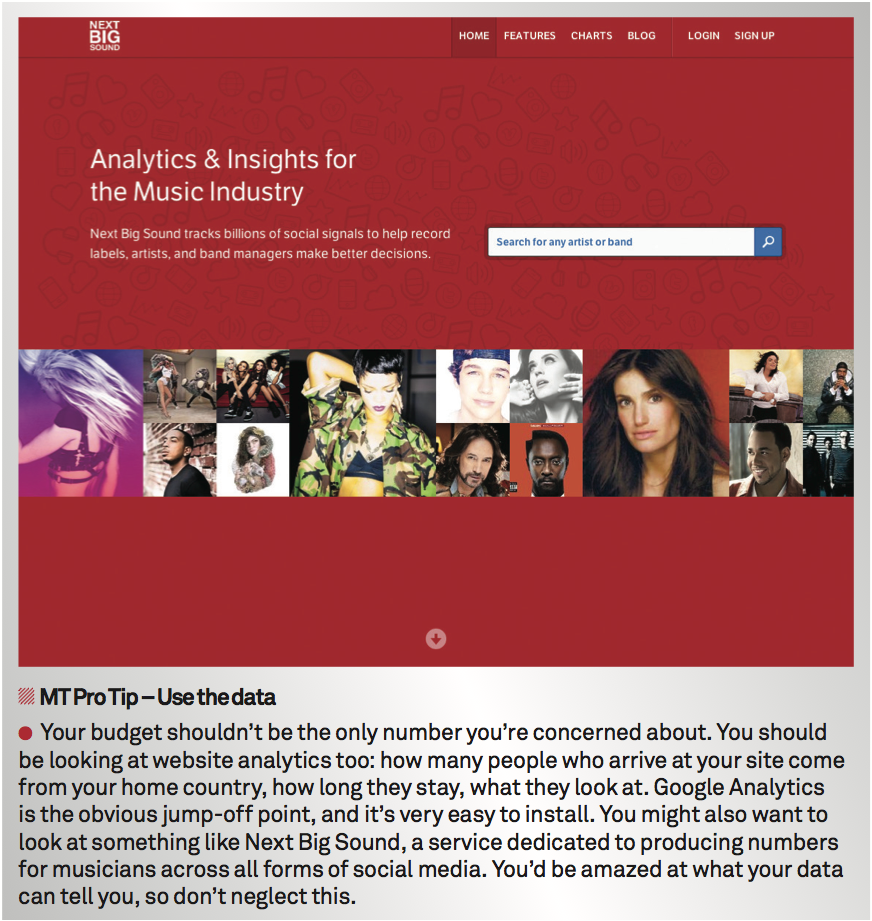Get Your Music Online
In Part 2 of Rob Boffard’s guide to promoting your music, he explains how to create the ultimate web presence for your music to attract a fan base and even make some money… Hard as it is to believe, there are still some musicians with very little online presence. The chances are you are not […]

In Part 2 of Rob Boffard’s guide to promoting your music, he explains how to create the ultimate web presence for your music to attract a fan base and even make some money…

Hard as it is to believe, there are still some musicians with very little online presence. The chances are you are not one of them, but there might be areas you have missed and this feature is designed to help you fill in the gaps.
First you need to upload your music to a streaming service – anybody who tries to find your music needs to be able to do so instantly, listen to it instantly, find more of your stuff in moments and be pointed to where to buy it. Soundcloud is by far and away the best service for this: it lets you upload your tracks immediately, each with its own dedicated player. You’re also able to embed the player in other websites you have access to, which is the perfect way transport your tunes online. As a bonus, Soundcloud looks really good.

Outside of places like iTunes and Spotify (which we’ll get to in a moment) you’ll also want to investigate online storefronts. Bandcamp is easily the best place to create one of these, and you can see how to set up a profile on the site in one of the step-by-step guides in this tutorial. The key here is to have a good mix of stuff available for free, and stuff available for sale – it’ll hopefully keep people coming back.
There are other services worth looking at, too, especially if you’re a DJ. Mixcloud is an online radio service geared to providing user-generated content. You can upload your own mixes, collections and radio shows for people to stream. This can be a fantastic promotional tool for you to use; combine it with things like Twitter to spread the word, and you have a very powerful way of getting your music out there.
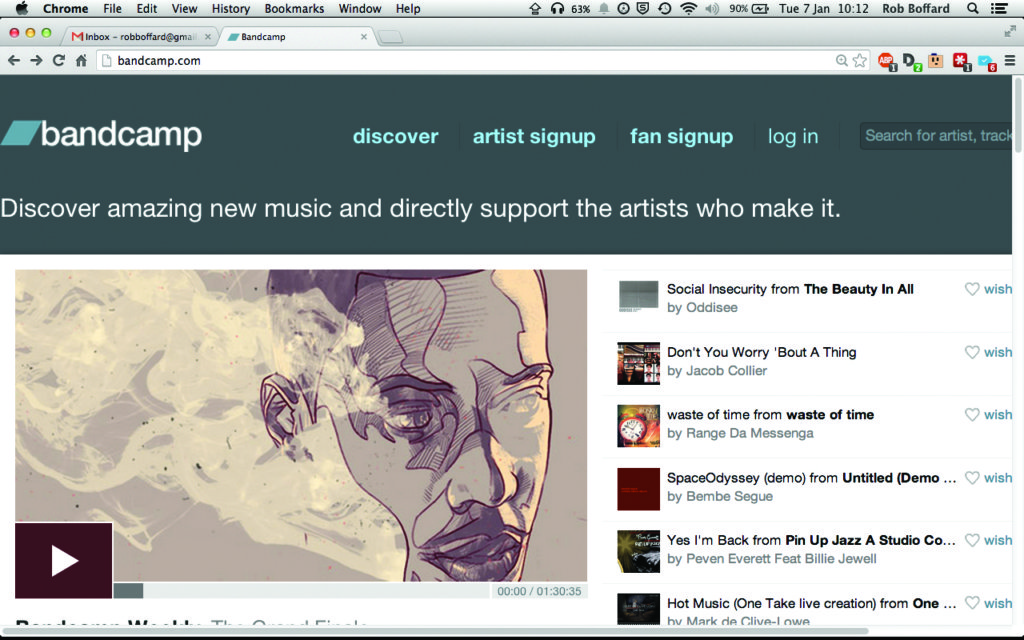
Social networking is (very obviously) worth looking into as well. Arial Hyatt, who we speak to elsewhere in this tutorial, knows a lot more about it than we do. She’s got plenty of tips for how to master Facebook, Twitter and the like.
It’s also worth setting up Google Alerts. These are dead easy to set up, and every time someone mentions you online, Google will email you telling you where. Follow these up – a simple tweeted thank you or an email can help build relationships.
Home front
So that’s the outside world covered. Now it’s time to make sure that the online presence you control is taken care of.
It is absolutely staggering how bad many musicians’ websites are. Many rely simply on a Tumblr account, or a Facebook page, both of which are terrible ways to showcase your music.
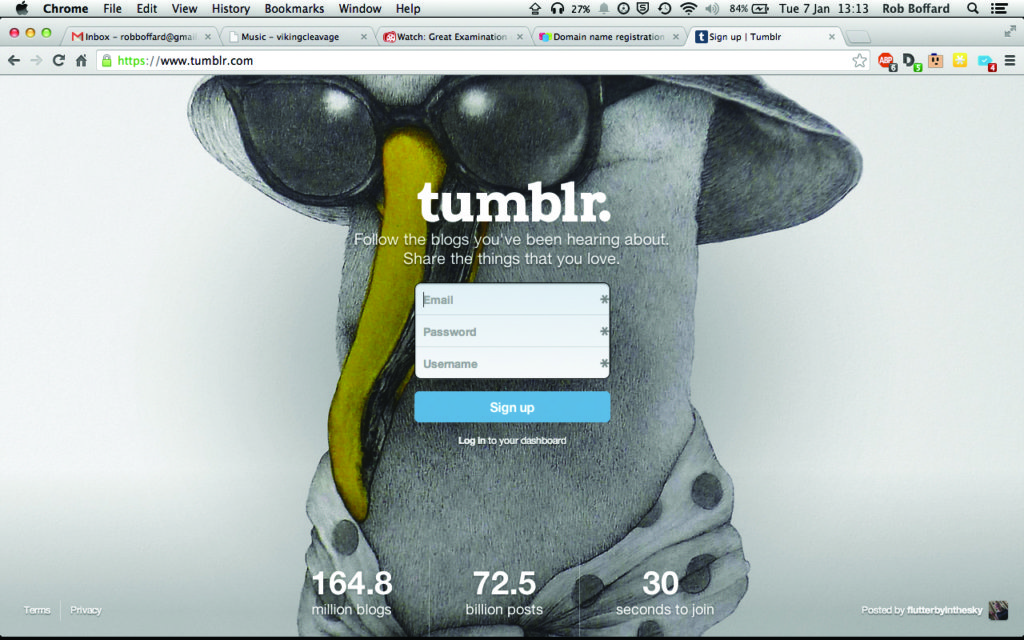
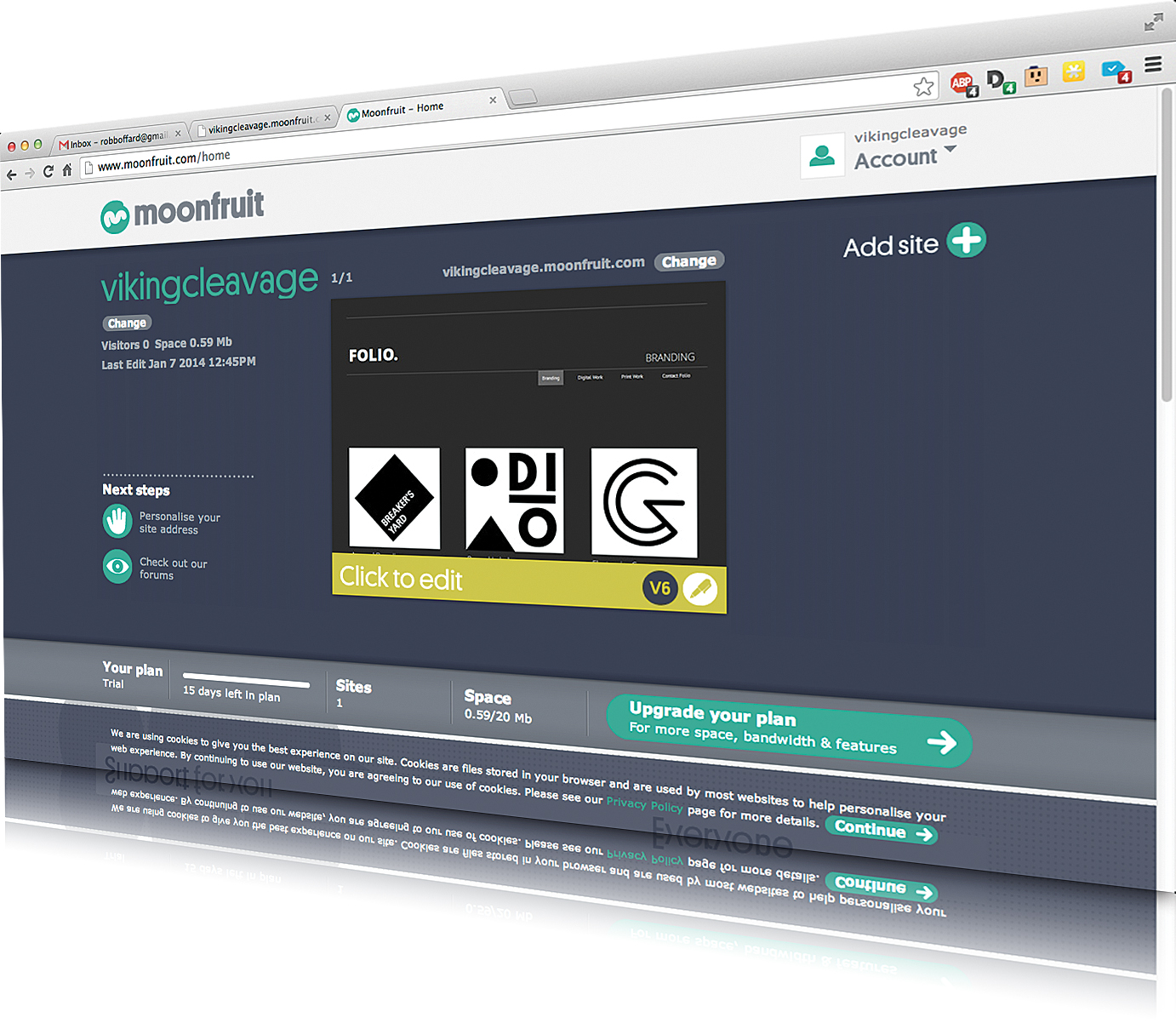
You need a good website. We can’t stress this enough. It needs your own domain name attached to it, and it needs to showcase what you do. It does not need to be complicated to do the job. Nor does it need to be expensive. There are several great free website builders available, like Moonfruit or Weebly. In another step-by-step, we show you how to create one.
But a word of warning. Your own domain name will cost a little, even if the website itself is free. They have to be registered, which is a pain but does mean that you own the name. And if you do have a little bit of money to spare, hiring a web designer is a very good idea. They will do things you can’t do yourself. Sites like PeoplePerHour often have great designers available for reasonable rates.
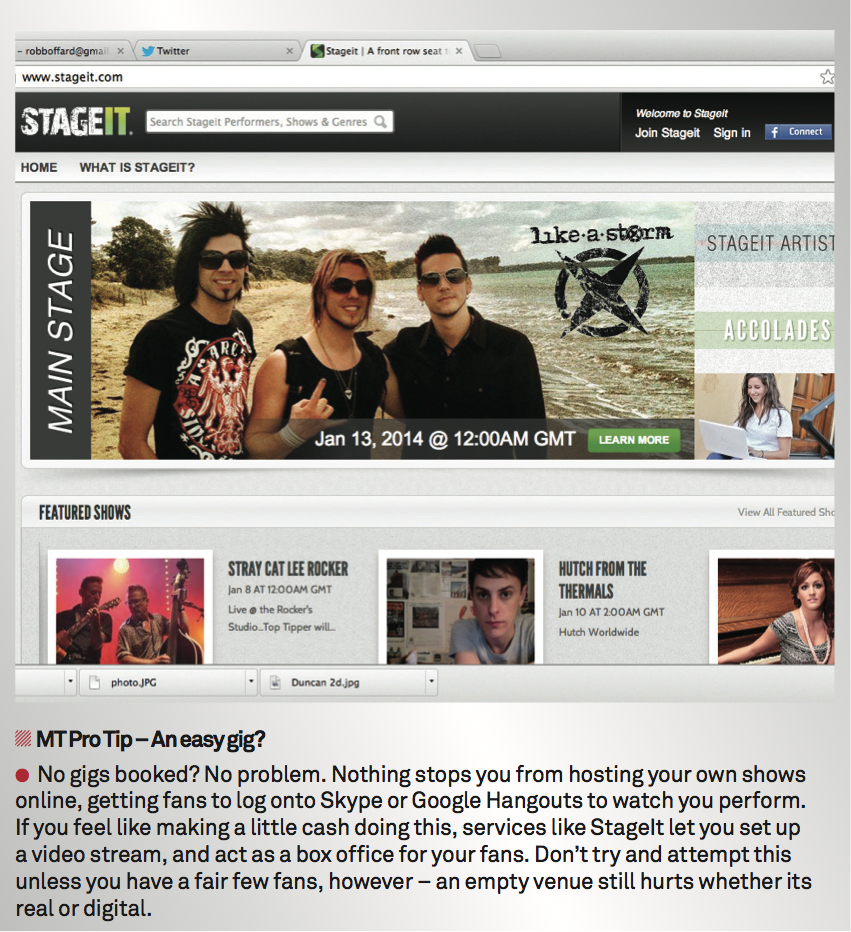
What do you need on your website? Again: nothing fancy. A short bio. Some videos and audio examples, including links to buy. A regularly-updated blog can be a good idea too, even if it’s just some examples of things that inspire you. And contact details – you would be amazed at how hard some musicians make it to be contacted. But if a journalist happens on your music and can’t contact you, they’ll pass by very quickly. So make sure your contact details are on there, and check your email regularly!
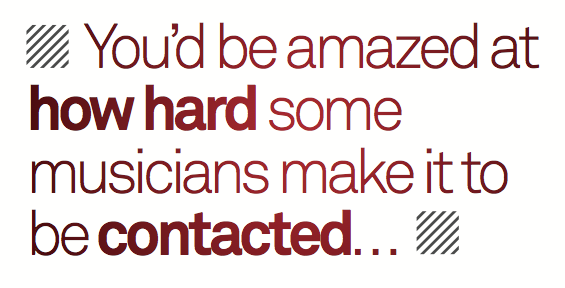
It’s also worth putting together an EPK – an Electronic Press Kit. This is simply a zip file containing your bio, some high-resolution photos, those crucial contact details and perhaps some reviews your music has received. Make this downloadable from the site, and attach it to any emails you send out.
We mentioned photos. Get them done. Good ones, too – they need to be able to pass muster absolutely anywhere. This is not a job for your mate and an iPhone. A good set of press shots are something you will use again and again.
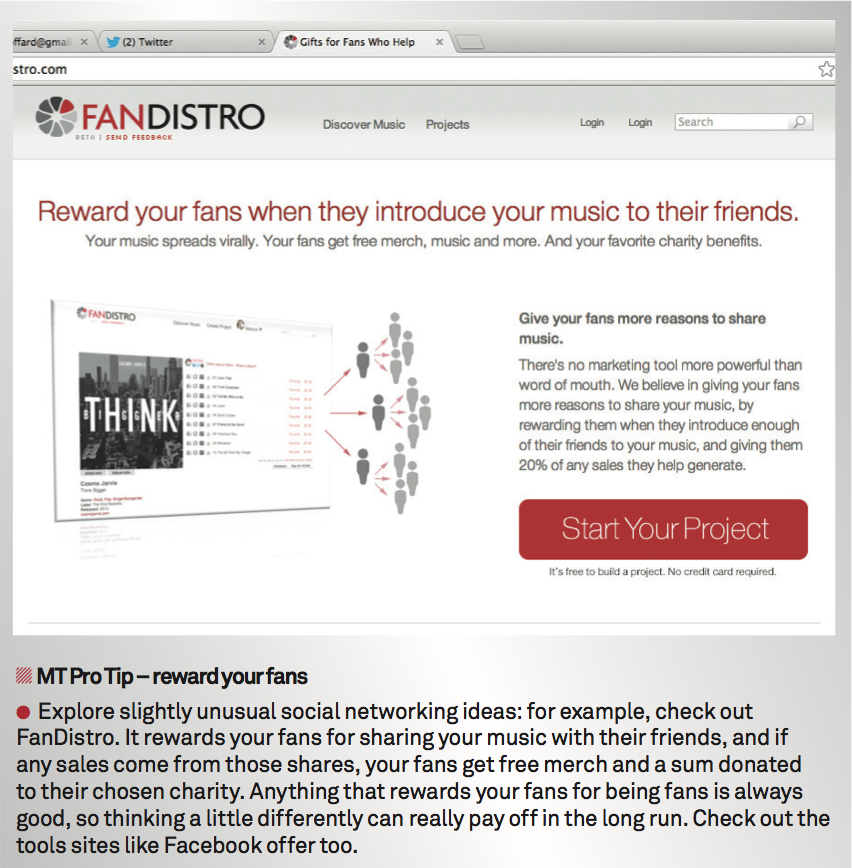
Then of course, there’s SEO – Search Engine Optimisation. It refers to the process of making sure your site pops up at the top of search engine results. It’s a real dark art, and we could take an entire tutorial explaining it, so we’ll leave it to you to decide how much of it you want to do. In this case, we’d suggest getting a professional in, but be careful: SEO pros are expensive, mostly because they do things no-one else seems to know how to do.
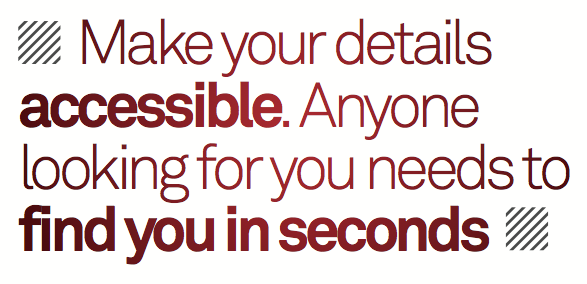
Bottom line: you need to make sure your music and your artist details are as accessible as possible. Anybody who goes looking for you needs to find you in seconds.
Audio visual – Then there are videos
It’s possible to survive in the music business without YouTube videos. If you have music so good that it makes grown men weep tears of joy, then you can do it. If you’re not quite there yet, we’d suggest making sure you’ve got some footage handy.
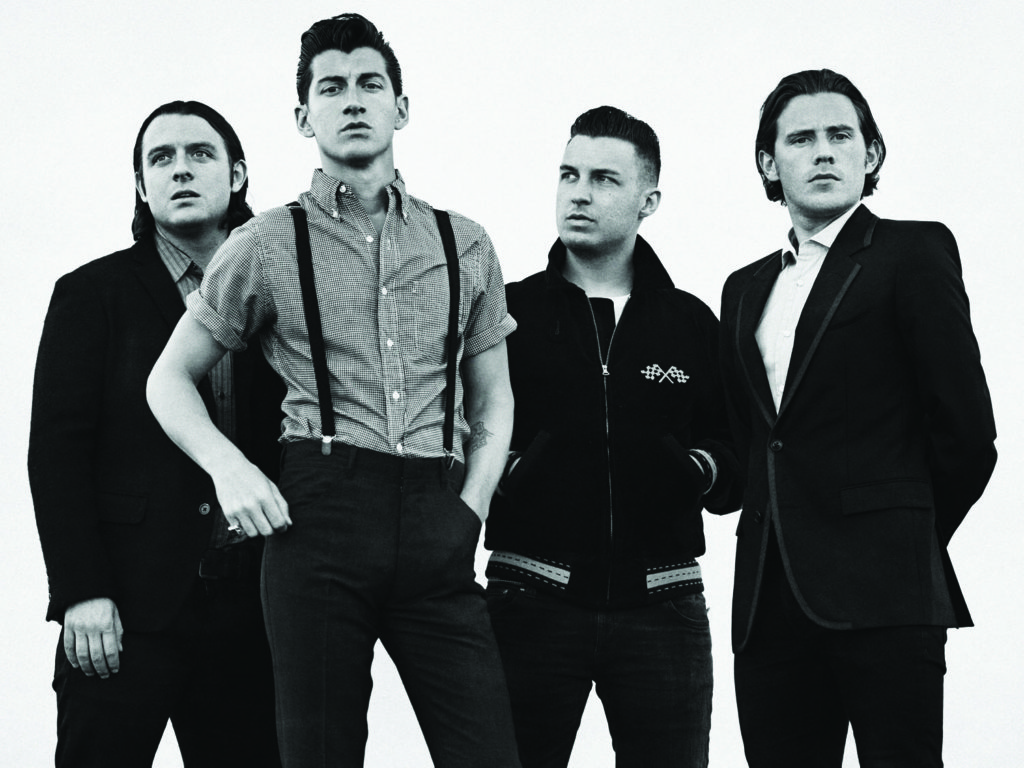
It can often be incredibly daunting to create a video, especially if you’ve never done one before. The good news is that videos don’t have to be complex or difficult to get the point across. You know your music best, so you may already have an idea of what you’d like to see when it plays. If you have a little bit of a budget, then things get a lot easier to manage, as you can hire people who actually do this.
There are, however, some great low-budget or no-budget ways to make a video. For his single To Be Continued, rapper Evidence grabbed his video camera and went to a theme park. He got on a roller coaster, then rapped the song to the camera as he went through the twists and loop-de-loops. At the time of writing, the clip has clocked nearly a million views on YouTube. Or how about Karmin – a single camera, filming a shot of the husband-and-wife duo singing and rapping, became a total online sensation.

Videos can give your music an exposure that simply can’t be beaten, especially if they go viral. You can never quite work out how people are going to respond to something – and never, ever read the YouTube comments on anything. Seriously. You’ll want to burn your eyeballs out.
Follow these tips, and stay focussed on getting your music heard, and you’ll come right. Perhaps the most important thing is one we haven’t mentioned yet: adapting. Circumstances change, new opportunities come up, and there will be times you need to move quickly not to miss them. Not everything we’re written down here will cover that, but we’re pretty sure you can handle it on your own from here.
Ariel Hyatt is a one-stop-shop for online expertise. Click here to see how she does it…
Audio visual – Then there are videos
It’s possible to survive in the music business without YouTube videos. If you have music so good that it makes grown men weep tears of joy, then you can do it. If you’re not quite there yet, we’d suggest making sure you’ve got some footage handy.
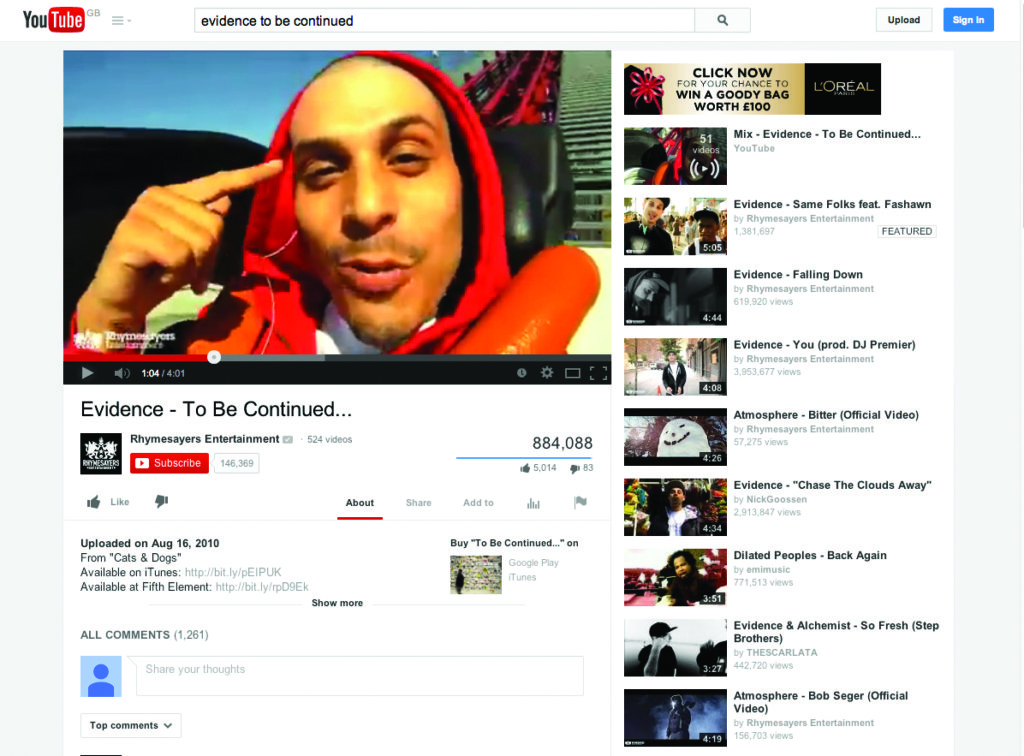
It can often be incredibly daunting to create a video, especially if you’ve never done one before. The good news is that videos don’t have to be complex or difficult to get the point across. You know your music best, so you may already have an idea of what you’d like to see when it plays. If you have a little bit of a budget, then things get a lot easier to manage, as you can hire people who actually do this.
Click here for the Creating a website tutorial
There are, however, some great low-budget or no-budget ways to make a video. For his single To Be Continued, rapper Evidence grabbed his video camera and went to a theme park. He got on a roller coaster, then rapped the song to the camera as he went through the twists and loop-de-loops. At the time of writing, the clip has clocked nearly a million views on YouTube. Or how about Karmin – a single camera, filming a shot of the husband-and-wife duo singing and rapping, became a total online sensation.
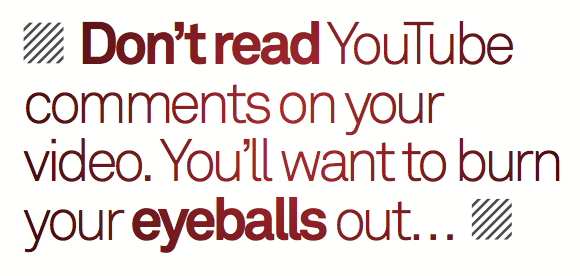
Videos can give your music an exposure that simply can’t be beaten, especially if they go viral. You can never quite work out how people are going to respond to something – and never, ever read the YouTube comments on anything. Seriously. You’ll want to burn your eyeballs out.
Follow these tips, and stay focussed on getting your music heard, and you’ll come right. Perhaps the most important thing is one we haven’t mentioned yet: adapting. Circumstances change, new opportunities come up, and there will be times you need to move quickly not to miss them. Not everything we’ve written down here will cover that, but we’re pretty sure you can handle it on your own from here.
